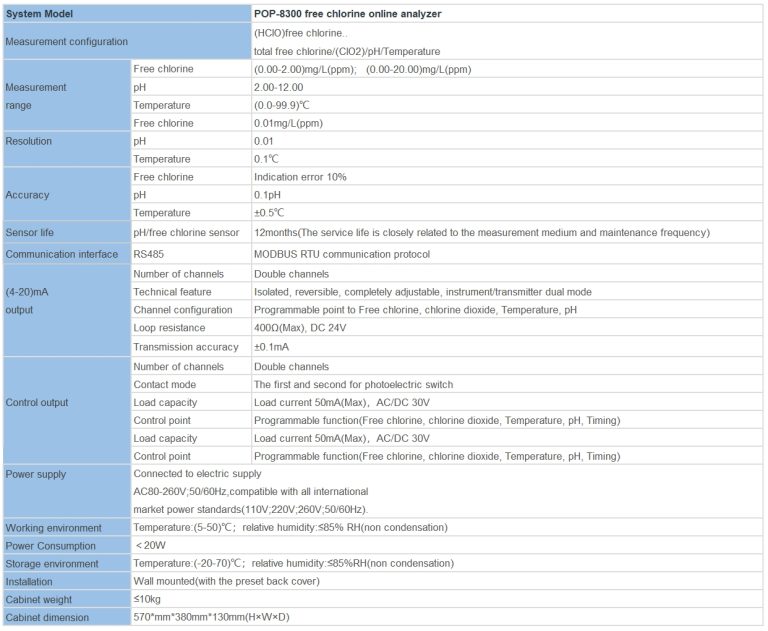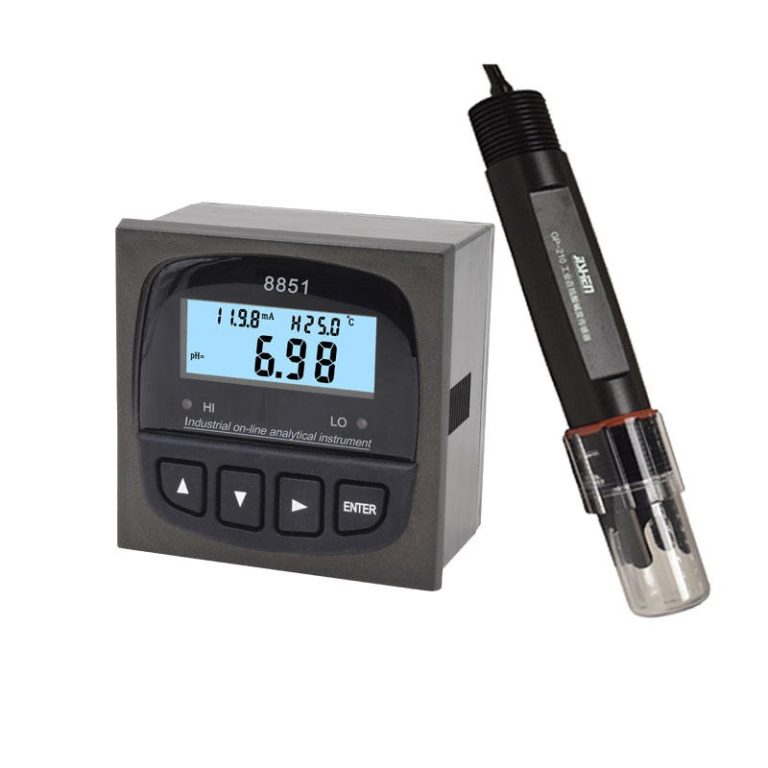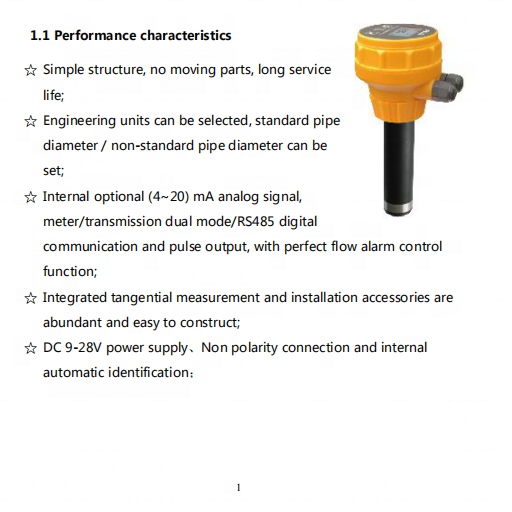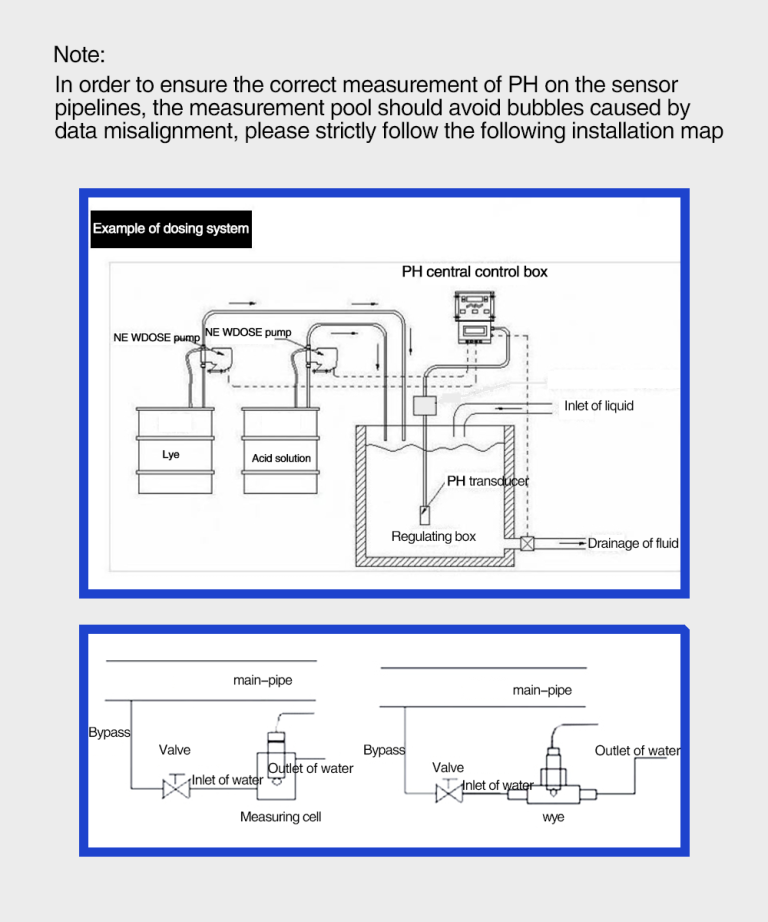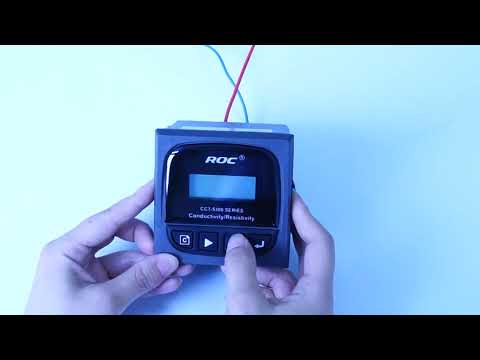Table of Contents
Emerging Technologies for Water Quality Monitoring
Water quality monitoring is a critical aspect of ensuring the safety and sustainability of our water resources. With the increasing threats of pollution and contamination, it is more important than ever to have effective monitoring systems in place to protect our water sources. Emerging technologies are playing a key role in revolutionizing water quality monitoring, providing more accurate and real-time data to help us make informed decisions about water management.

| POP-8300 free chlorine online analyzer | ||
| System Model | POP-8300 free chlorine online analyzer | |
| Measurement configuration | (HClO)free chlorine.. | |
| total free chlorine/(ClO2)/pH/Temperature | ||
| Free chlorine | (0.00-2.00)mg/L(ppm); (0.00-20.00)mg/L(ppm) | |
| Measurement | pH | 2.00-12.00 |
| range | Temperature | (0.0-99.9)℃ |
| Free chlorine | 0.01mg/L(ppm) | |
| Resolution | pH | 0.01 |
| Temperature | 0.1℃ | |
| Free chlorine | Indication error 10% | |
| Accuracy | pH | 0.1pH |
| Temperature | ±0.5℃ | |
| Sensor life | pH/free chlorine sensor | 12months(The service life is closely related to the measurement medium and maintenance frequency) |
| Communication interface | RS485 | MODBUS RTU communication protocol |
| Number of channels | Double channels | |
| (4-20)mA | Technical feature | Isolated, reversible, completely adjustable, instrument/transmitter dual mode |
| output | Channel configuration | Programmable point to Free chlorine, chlorine dioxide, Temperature, pH |
| Loop resistance | 400Ω(Max), DC 24V | |
| Transmission accuracy | ±0.1mA | |
| Number of channels | Double channels | |
| Contact mode | The first and second for photoelectric switch | |
| Control output | Load capacity | Load current 50mA(Max),AC/DC 30V |
| Control point | Programmable function(Free chlorine, chlorine dioxide, Temperature, pH, Timing) | |
| Load capacity | Load current 50mA(Max),AC/DC 30V | |
| Control point | Programmable function(Free chlorine, chlorine dioxide, Temperature, pH, Timing) | |
| Power supply | Connected to electric supply | |
| AC80-260V;50/60Hz,compatible with all international | ||
| market power standards(110V;220V;260V;50/60Hz). | ||
| Working environment | Temperature:(5-50)℃;relative humidity:≤85% RH(non condensation) | |
| Power Consumption | <20W | |
| Storage environment | Temperature:(-20-70)℃;relative humidity:≤85%RH(non condensation) | |
| Installation | Wall mounted(with the preset back cover) | |
| Cabinet weight | ≤10kg | |
| Cabinet dimension | 570*mm*380mm*130mm(H×W×D) | |
One of the most promising technologies in water quality monitoring is Environmental Health Perspectives (EHP). EHP is a cutting-edge system that combines advanced sensors, data analytics, and machine learning to provide comprehensive insights into water quality. By continuously monitoring key parameters such as pH, turbidity, dissolved oxygen, and temperature, EHP can detect changes in water quality in real-time, allowing for immediate action to be taken to address any issues.
The use of sensors in EHP allows for continuous monitoring of water quality, providing a more accurate and detailed picture of the health of our water sources. These sensors can be deployed in various locations, such as rivers, lakes, and reservoirs, to monitor water quality at different points in the water system. This widespread monitoring helps to identify sources of pollution and contamination, allowing for targeted interventions to improve water quality.
Data analytics play a crucial role in EHP, processing the vast amounts of data collected by sensors to identify trends and patterns in water quality. By analyzing this data, EHP can provide valuable insights into the factors affecting water quality, such as pollution sources, weather patterns, and human activities. This information can help water managers make informed decisions about water management strategies and policies to protect water quality.
Machine learning is another key component of EHP, using algorithms to analyze data and predict future trends in water quality. By learning from past data and patterns, machine learning algorithms can forecast changes in water quality and identify potential risks to water sources. This predictive capability allows for proactive measures to be taken to prevent water quality issues before they escalate.
The integration of sensors, data analytics, and machine learning in EHP provides a comprehensive and holistic approach to water quality monitoring. By combining these technologies, EHP can provide real-time insights into water quality, identify potential risks, and inform decision-making to protect water sources. This integrated approach is essential for effective water management in the face of increasing threats to water quality.
In conclusion, emerging technologies such as EHP are revolutionizing water quality monitoring, providing more accurate and real-time data to help protect our water sources. By continuously monitoring key parameters, analyzing data, and using machine learning algorithms, EHP can provide valuable insights into water quality and inform decision-making to ensure the safety and sustainability of our water resources. As we continue to face challenges in water quality management, technologies like EHP will play a crucial role in safeguarding our water sources for future generations.
Health Impacts of Poor Water Quality on Communities
Water quality monitoring is a crucial aspect of public health, as poor water quality can have significant impacts on communities. The Environmental Health Perspectives (EHP) is a leading journal that publishes research on the health effects of environmental factors, including water quality. In this article, we will explore the health impacts of poor water quality on communities and the importance of monitoring water quality to protect public health.
Poor water quality can have a range of negative health effects on communities. Contaminants such as bacteria, viruses, and chemicals can cause a variety of illnesses, ranging from gastrointestinal issues to respiratory problems. Ingesting or coming into contact with contaminated water can lead to acute illnesses such as diarrhea, vomiting, and skin rashes. In the long term, exposure to contaminants in water can also increase the risk of chronic diseases such as cancer, neurological disorders, and reproductive issues.
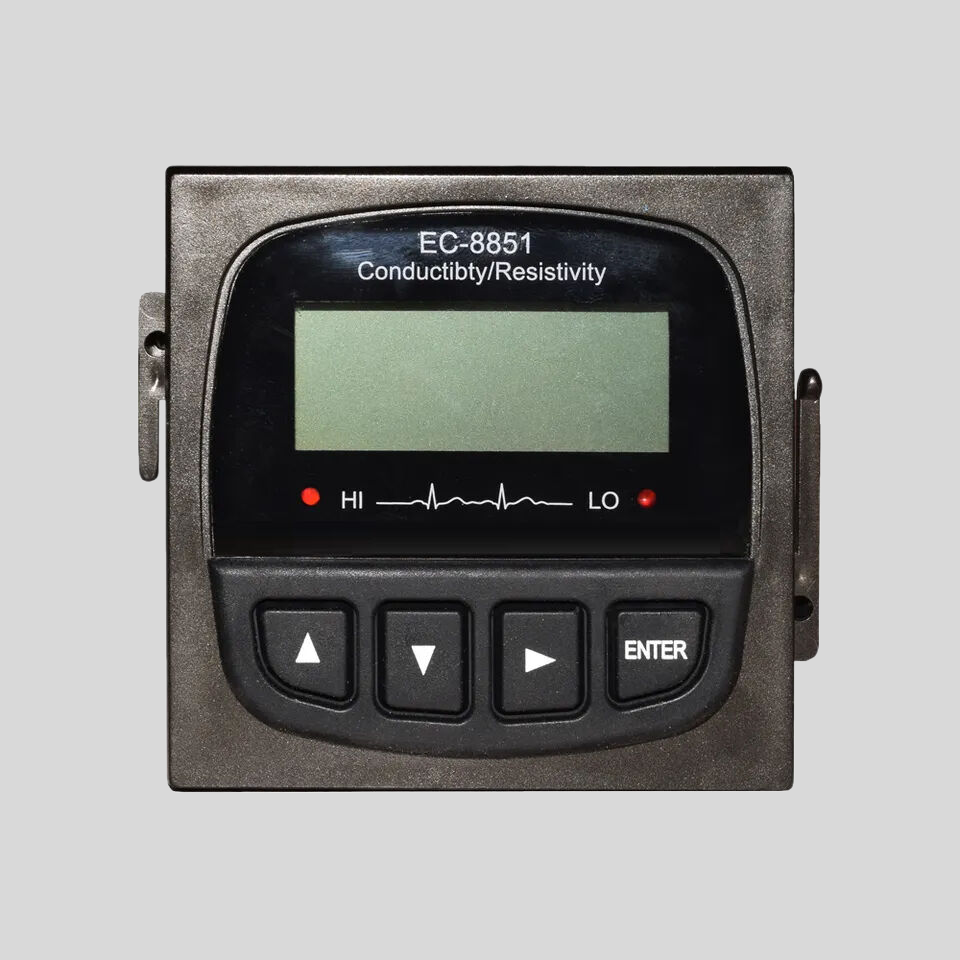
One of the key ways to protect communities from the health impacts of poor water quality is through water quality monitoring. Monitoring water quality involves regularly testing water samples for contaminants and ensuring that water meets established safety standards. By monitoring water quality, public health officials can identify potential risks to community health and take action to address them.
The Environmental Health Perspectives (EHP) publishes research on the health effects of poor water quality, providing valuable insights into the impacts of contaminants on human health. Studies published in EHP have shown that exposure to contaminants in water can have a range of health effects, including increased rates of gastrointestinal illnesses, respiratory problems, and chronic diseases. By understanding the health impacts of poor water quality, public health officials can develop strategies to protect communities from these risks.
In addition to monitoring water quality, it is also important to address the sources of contamination to prevent further harm to public health. Contaminants in water can come from a variety of sources, including industrial pollution, agricultural runoff, and inadequate wastewater treatment. By identifying and addressing the sources of contamination, communities can reduce the risk of exposure to harmful contaminants and protect public health.
| Model | pH/ORP-810 pH/orp meter |
| Range | 0-14 pH; -2000 – +2000mV |
| Accuracy | ±0.1pH; ±2mV |
| Temp. Comp. | Automatic temperature compensation |
| Oper. Temp. | Normal 0~50℃; High temp 0~100℃ |
| Sensor | pH double/triple sensor; ORP sensor |
| Display | LCD Screen |
| Communication | 4-20mA output/RS485 |
| Output | High/Low limit dual relay control |
| Power | AC 220V±10% 50/60Hz or AC 110V±10% 50/60Hz or DC24V/0.5A |
| Working Environment | Ambient temperature:0~50℃ |
| Relative humidity≤85% | |
| Dimensions | 96×96×100mm(H×W×L) |
| Hole Size | 92×92mm(H×W) |
| Installation Mode | Embedded |
The Environmental Health Perspectives (EHP) plays a critical role in advancing our understanding of the health impacts of poor water quality and informing public health policies and practices. Research published in EHP has helped to identify emerging contaminants in water, assess their health effects, and develop strategies to protect communities from exposure. By staying informed about the latest research in EHP, public health officials can make evidence-based decisions to safeguard community health.
In conclusion, poor water quality can have significant impacts on communities, leading to a range of health effects from acute illnesses to chronic diseases. Monitoring water quality is essential to protect public health by identifying and addressing contaminants in water. The Environmental Health Perspectives (EHP) publishes research on the health effects of poor water quality, providing valuable insights into the impacts of contaminants on human health. By understanding the health risks associated with poor water quality and taking action to address them, communities can protect public health and ensure access to safe and clean water for all.

